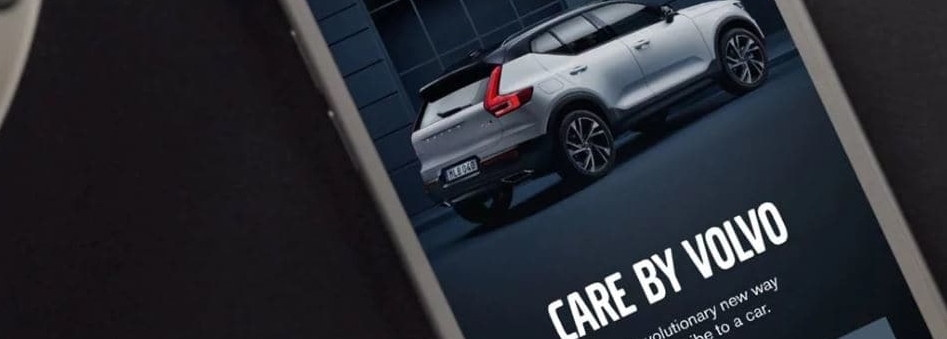Don’t Accept False Dichotomies. Entrepreneurs Exercise Integrated Systems Thinking.
We talk about politicians trying to divide us, but personnel consultants, business advisors, HR executives, and some psychologists are often worse in wanting to divide us into dichotomies. They tell us we’re either creative or logical, but we can’t be both. We are either intuitive or analytical. We have hard skills or soft skills. Some follow the heart, others the mind. The yin is the critical thinking, executive function, intellectual and cognitive side of us, and the yang is the emotional, prosocial, interpersonal side. Those consultants who exhibit a philosophical bent might talk in terms of Apollonian and Dionysian types of thinker – logic, rationality, and analysis versus intuition, feeling, and synthesis.
Some personality tests utilize multiple variables and combine them in characterizing individuals who are subjected to their question banks. The output is said to represent our strengths (versus weaknesses) or typology (we’re this type, not that type). They’re still ultimately dichotomies, arrayed via X and Y axes or 2X2 charts or high-low graphs.
The dichotomy is false. Either/or thinking of any kind is an error, and the error is magnified when classifying human beings. People are complex systems, a dynamic integration of learning, preferences, genetics, family background, experiences, job history, health, and many, many more elements. They can’t be divided into two piles.
The alternative approach is systems thinking. According to Derek and Laura Cabrera in Systems Thinking Made Simple, we all have it in us to be:
- critical thinkers who can analyze and solve problems;
- creative thinkers who can see new and innovative solutions to problems;
- scientific thinkers who can recognize biases;
- prosocial thinkers who can work well with others and build strong communities;
- emotionally intelligent individuals, posessing a sense of self and what we offer to the world.
How do we achieve this balance? It’s an emergent property of practicing systems thinking. We can think about how we think, and therefore how we act and how we collaborate with others. Awareness about how we think is essential for the kind of balance and integration the Cabreras advise is possible.
- Awareness that everything we think about, perceive and experience is the product of our own mental model which is an approximation of the real world. Self-analysis regarding our own mental model – how good or poor an approximation of the real world is it? – is always a good basis for integrated thinking.
- Awareness of the role of our own emotions, motivations and preferences in the distinctions we draw, the choices we make, and the decisions we take.
- Awareness that both our own thoughts and those of others are influenced by unique individual perspectives rather than objective analysis.
- Awareness that there are many ways to organize and interrelate ideas and things and your current way of doing so is just one of many possibilities.
- Awareness that cognition, emotion and motivation all influence our mental models and our behavior, and the ability to distinguish among them.
Taken together, this integrated awareness constitutes what the Cabreras call metacognition: thinking about how we think. It’s often referred to as emotional intelligence. Insight into our own thoughts is key to high achievement in all domains.
In business, we refer to the individuals who exhibit integrated, balanced, and systems thinking at the highest level as entrepreneurial. Entrepreneurs, those who think about how to create new and higher levels of value for customers, are systems thinkers at their core:
- They practice empathy, which is the building of mental models of others – i.e. customers – and the running of imagined value propositions through these models to understand their potential to generate a preferred experience that will result in a business success.
- They translate the insights from these models into a deliverable service, an act of design that calls for the assembly and combination of multiple components, making choices from the customer’s perspective to decide on which elements to include and which to discard.
- For service delivery to be accepted by customers, entrepreneurs identify all the possible perceived barriers to purchase from the customer’s point of view, and remove them by conceiving of the best-performing mechanisms.
- They set up, monitor and resond to feedback lops, which is the essence of adaptive systems thinking.
There is no dichotomy in entrepreneurial thinking. It’s not mediated by strengths and weaknesses, and it’s dominated by neither emotion nor reason, but incorporates both. It’s creative and practical, objective and subjective, empathic and self-aware. Entrepreneurs consciously build their own mental models and continuously test them against the reality of the world of economics. The only dualism that’s relevant is what works and what doesn’t in the world of commerce, and these two possibilities are processed together as learning. The goal is durable success, and entrepreneurs exhibit no ambiguity in their assessment of results.
When the consultants and psychologists want to test you to ascertain whether you exhibit the entrepreneurial personality, it’s best to politely decline. There’s nothing of advantage to learn.
Better to focus on and sharpen your systems thinking:
- Always thinking of the customer first, assessing their system and their place in it, all of the influences on their choices, and all their desires, preferences and dissatisfactions;
- Working to translate your customer understanding into a deliverable service, which requires you to consider all the elements and components that make up that service, and how to combine them and integrate them in a single value proposition;
- Identifying all the potential barriers to purchase – whether the barriers are feelings, insuffiicent knowledge, better alternatives, price or lock-in to existing choices. Removing all barriers requires identifying them – and how they work together – first.
- Setting up feedback loops and adaptive mechanisms so that you can always respond to customer inputs. Develop an adaptive system.
By focusing on these rules, you’ll build an entrepreneurial system that gets stronger and stronger over time.
There’s no dichotomy. it’s not win-lose or strong-weak or logical-emotional. It’s an integration of components and elements into an entrepreneurial system that learns and consistently improves progress towards a goal.








Leave a Reply
Want to join the discussion?Feel free to contribute!